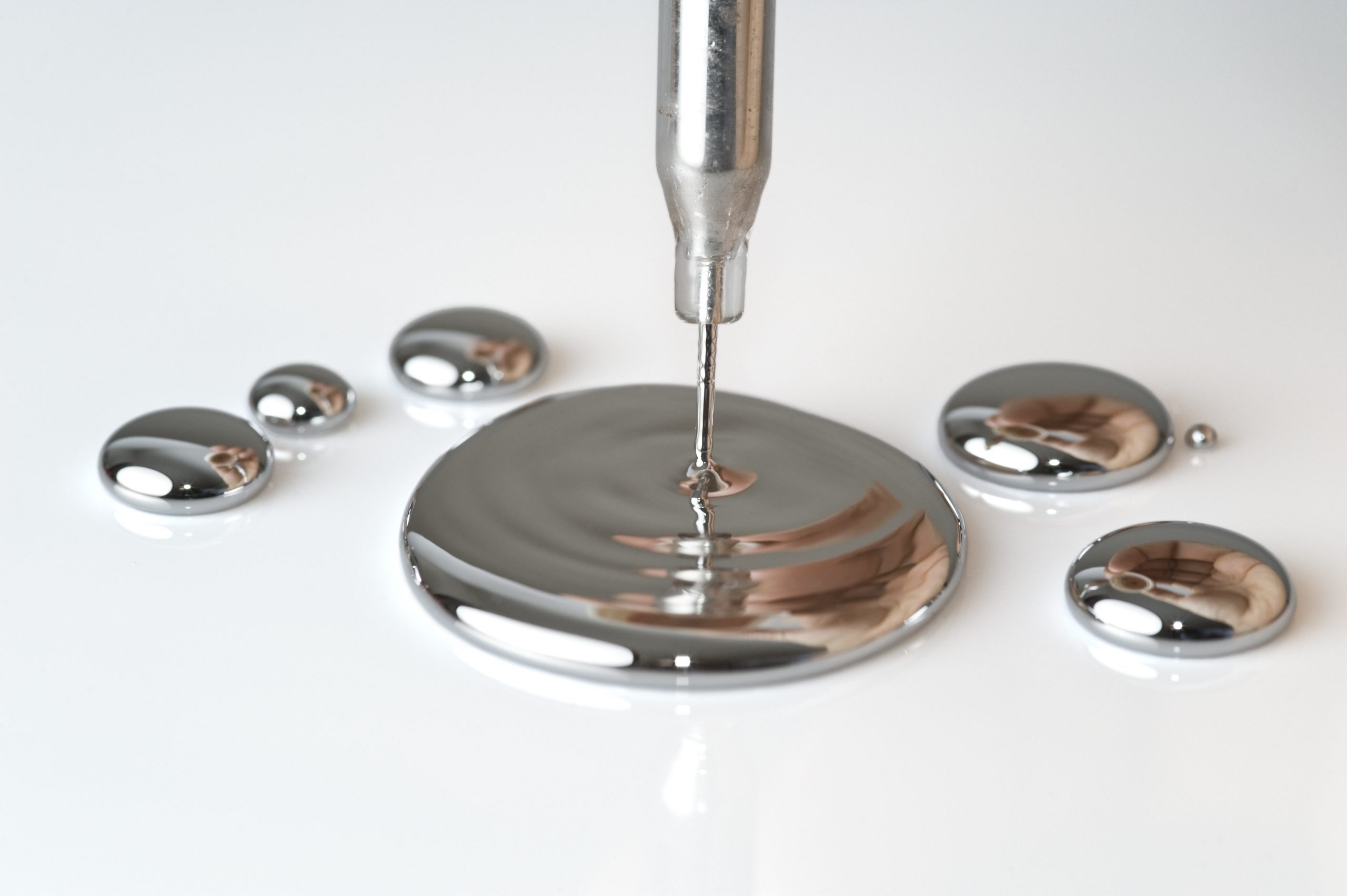Methylmercury exposure and health effects in humans: a worldwide concern.
Mergler D1, Anderson HA, Chan LH, Mahaffey KR, Murray M, Sakamoto M, Stern AH; Panel on Health Risks and Toxicological Effects of Methylmercury.
Author information
Abstract
Methylmercury is a potent toxin, bioaccumulated and concentrated through the aquatic food chain, placing at risk people, throughout the globe and across the socioeconomic spectrum, who consume predatory fish or for whom fish is a dietary mainstay.
Methylmercury developmental neurotoxicity has constituted the basis for risk assessments and public health policies. Despite gaps in our knowledge on new bioindicators of exposure, factors that influence MeHg uptake and toxicity, toxicokinetics, neurologic and cardiovascular effects in adult populations, and the nutritional benefits and risks from the large number of marine and freshwater fish and fish-eating species, the panel concluded that to preserve human health, all efforts need to be made to reduce and eliminate sources of exposure.
Fluorescent Light Bulbs
The use of compact fluorescent light bulbs has dramatically increased over the past few years. The appeal of compact fluorescent light bulbs is due to their significant increased energy efficiency (75%) compared with incandescent light bulbs and their greater lifespan of use. A compact fluorescent light bulb reportedly has 10 times the lifespan of use compared with an incandescent light bulb.39
During the hour immediately following the break of a compact fluorescent light bulb, mercury gas concentrations near the bulb shards are between 200 and 800 μg/m3. The average 8-hour occupational exposure limit allowed by the US Occupational Safety and Health Administration is 100 μg/m3.
The problem becomes material when a person is in the vicinity of fluorescent tubes and CFLs breaking, regularly. Electricians, cleaners, maintenance people are at risk off bio-accumulating Mercury, when they handle fluoro waste.
Babies and children only need a single ingestion event to bio-accumulate Mercury that will interfere with the development of their neural tissue.
If mercury at 10-15 Mg per 4 Foot fluorescent tube , can conduct electricity through a gas cloud of that length, it is a highly effective electrical conductor. Micro amounts of Mercury in the nerve tissue of growing children (or conceiving parents) is potentially enough to cause permanent nerve damage.
[Here are more facts about Mercury ]


